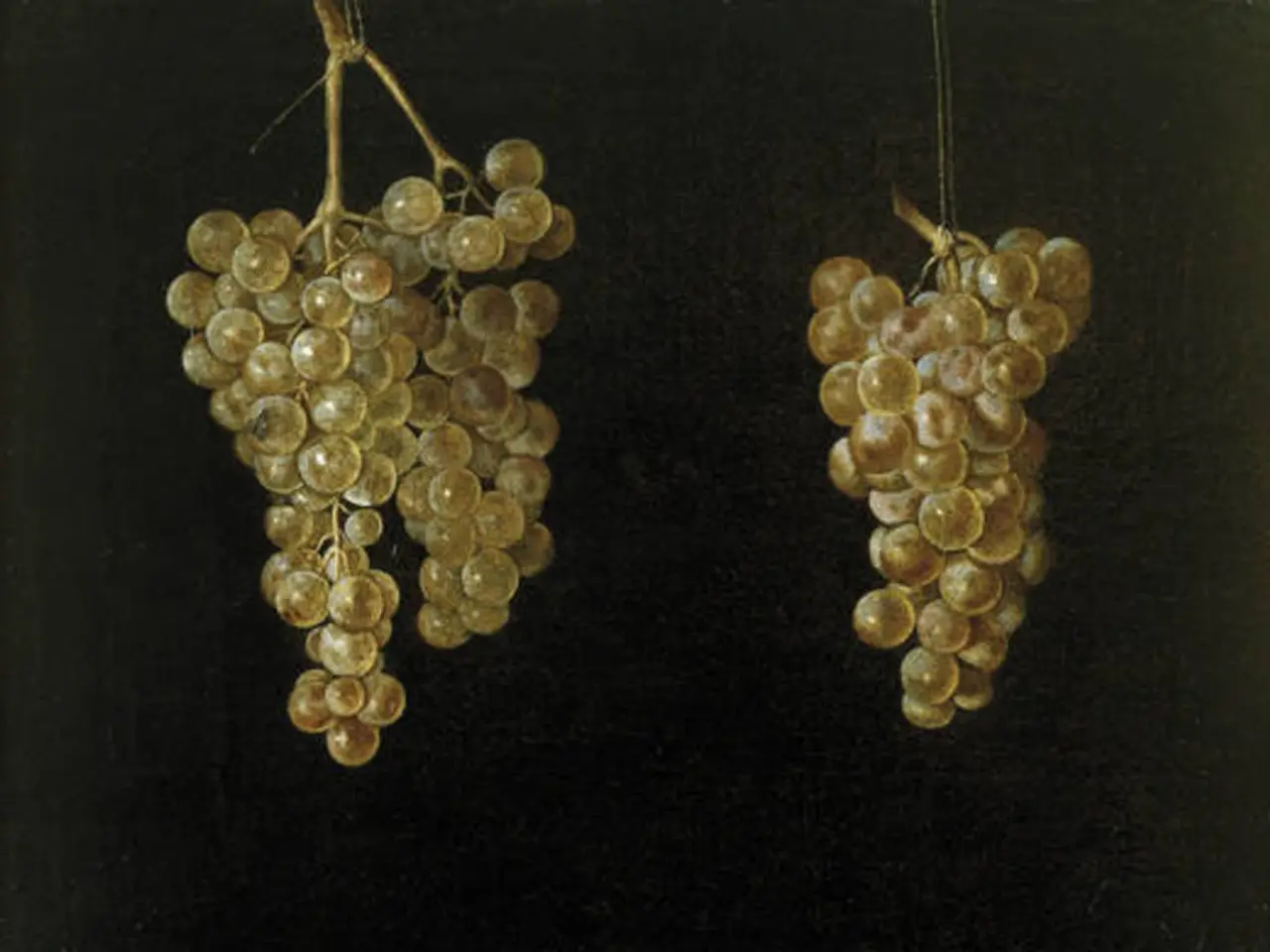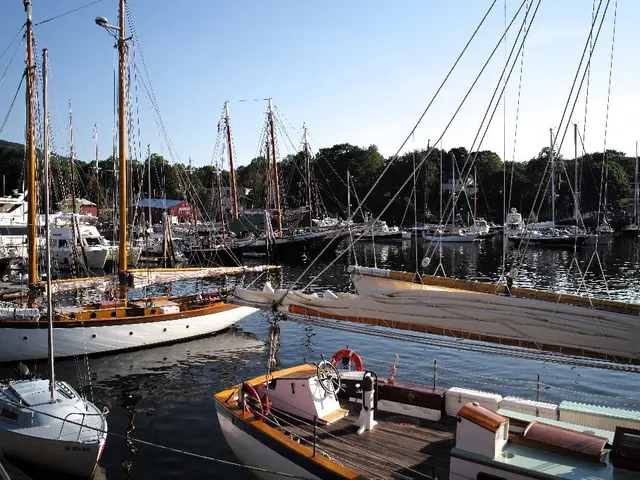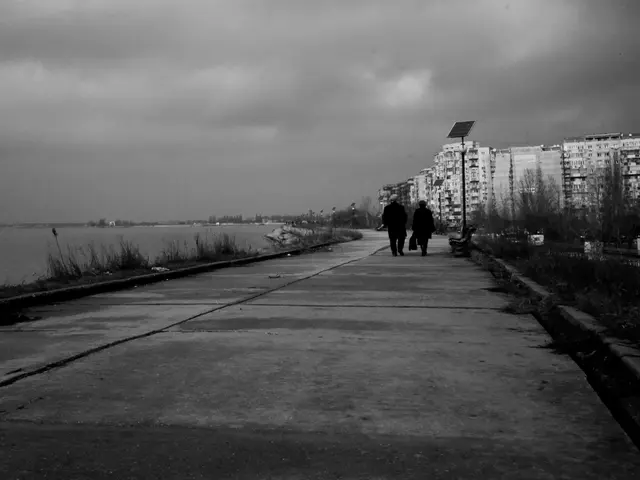Portugal's Alentejo Shifts to Night Harvesting Amidst Climate Change
In Portugal's Alentejo region, the annual wine harvest is underway, with a unique tradition and a shift in practices due to changing climate patterns.
The harvest typically begins in late August and continues through September or October, as cooler temperatures arrive. Traditionally, the harvest takes place during the day, but climate change has brought longer, hotter summers, leading to a rise in night harvesting.
In Alentejo, harvesters now work from midnight to 8 a.m. to avoid extreme daytime heat, which can reach up to 40°C (104°F) in August, with nighttime drops of up to 20°C (36°F). This shift helps maintain vibrant flavors and improves the quality of the wine produced. Workers at Herdade Da Fonte Santa vineyard, for instance, prefer the night schedule. During their break around 3 a.m., they enjoy a meal called 'bucha'.
Night harvesting is not new to all regions. Some vineyards in Spain and Italy have been practicing it for years or decades. However, it is becoming more common in Portugal due to the increasing impact of climate change.
As the wine harvest in Alentejo continues, night harvesting has emerged as a practical response to climate change, benefiting both workers and the quality of the final product. This tradition, along with the unique 'bucha' meal, adds a distinct touch to Portugal's wine-making culture.
Read also:
- Tata Motors Establishes 25,000 Electric Vehicle Charging Stations Nationwide in India
- Tesla's Nevada workforce has escalated to a daily output of 1,000 Powerwall units.
- AI-Enhanced Battery-Swapping Station in Southeast Asia Officially Opens Its Doors
- G7 leaders convene prior to the upcoming Hiroshima Summit, under the guidance of JAMA heads.








